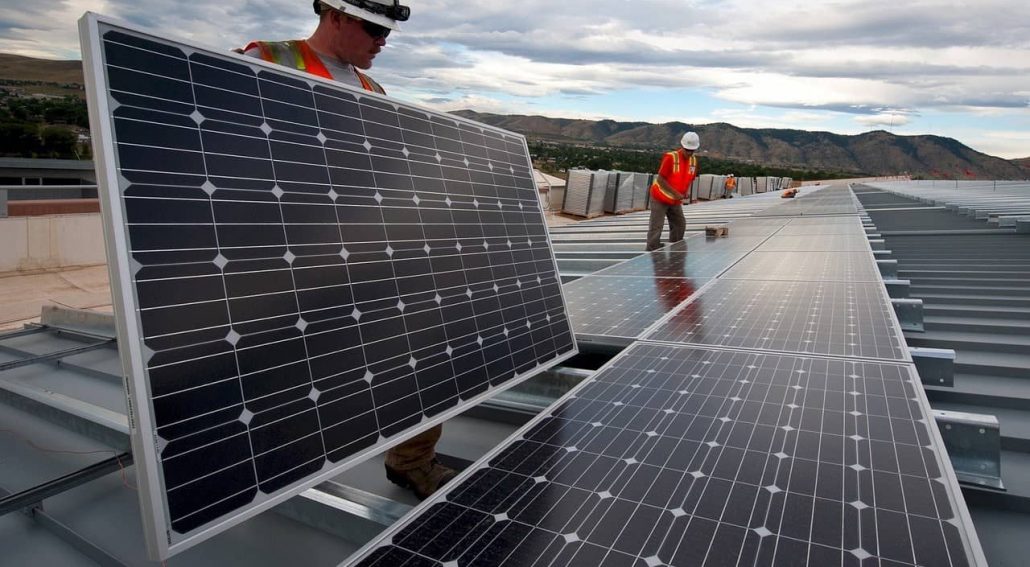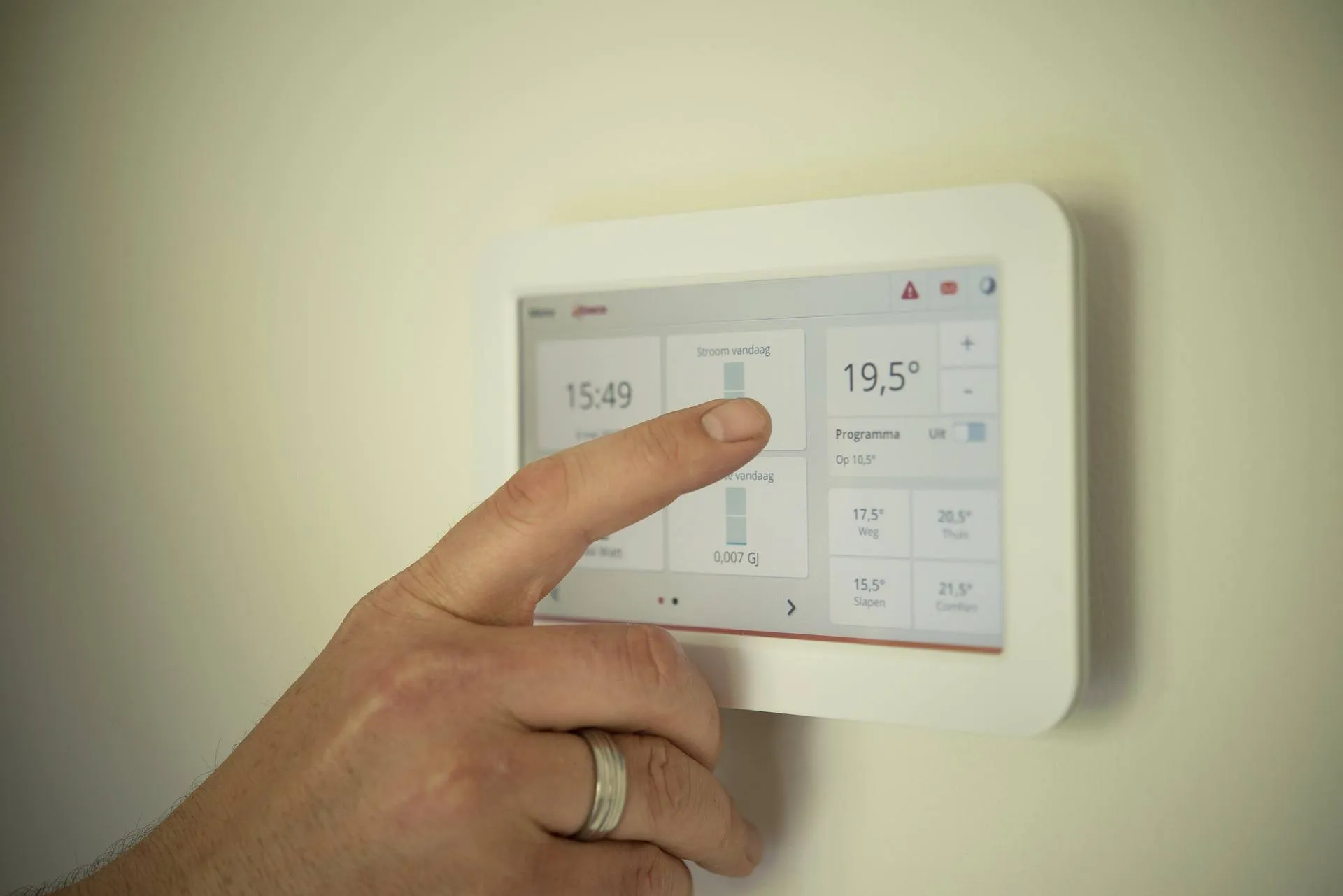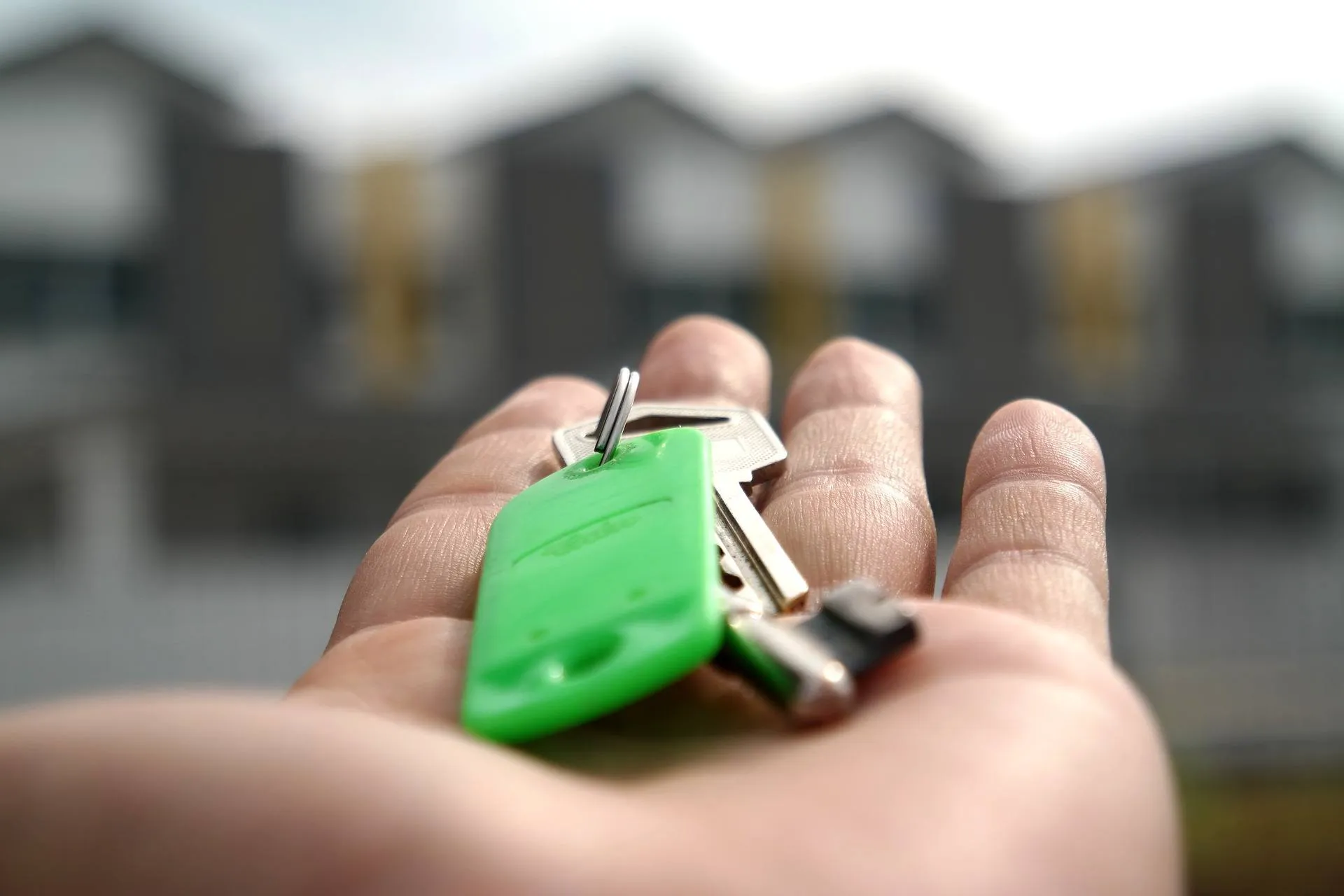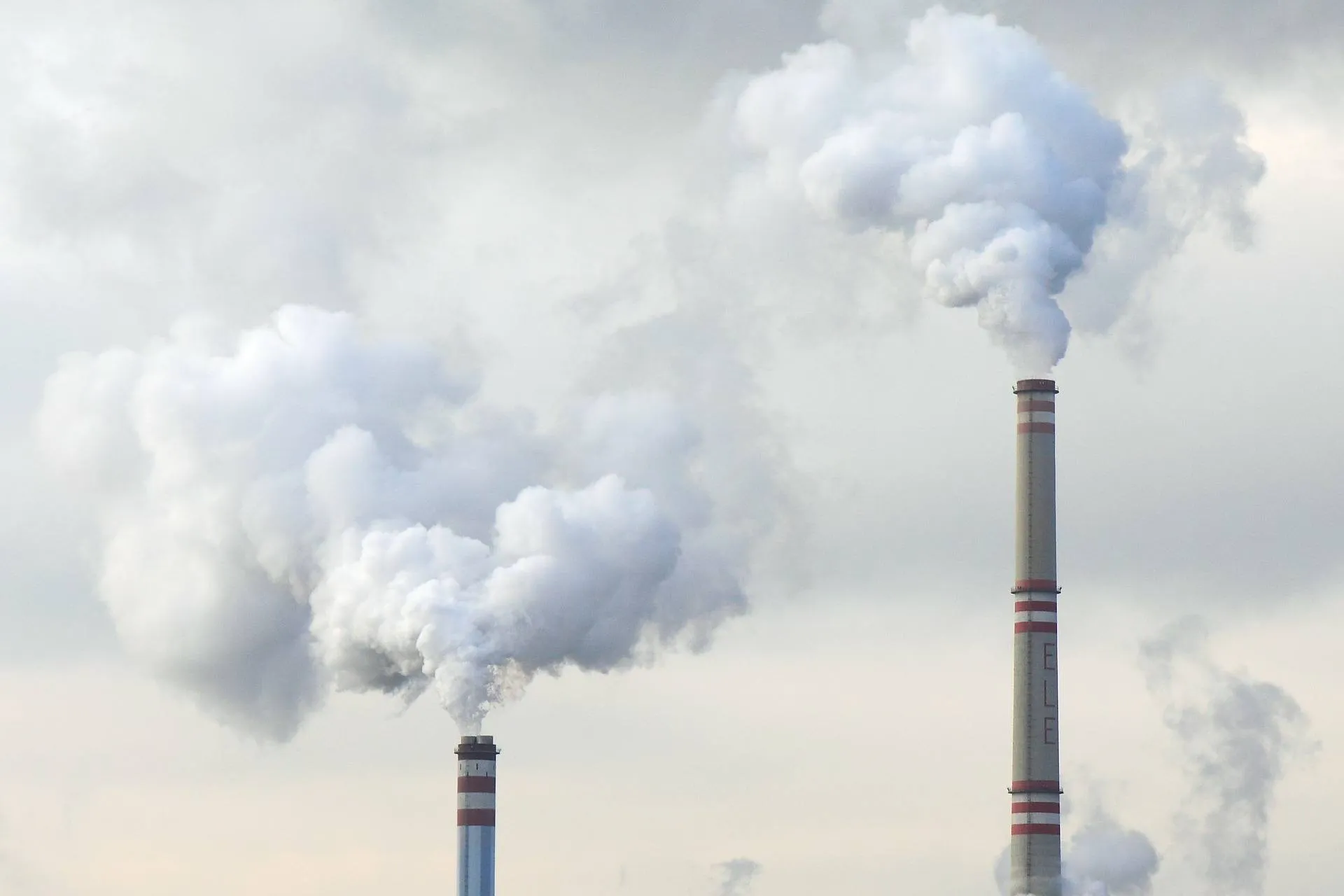
Why Should We Retrofit Buildings for Energy Efficiency?
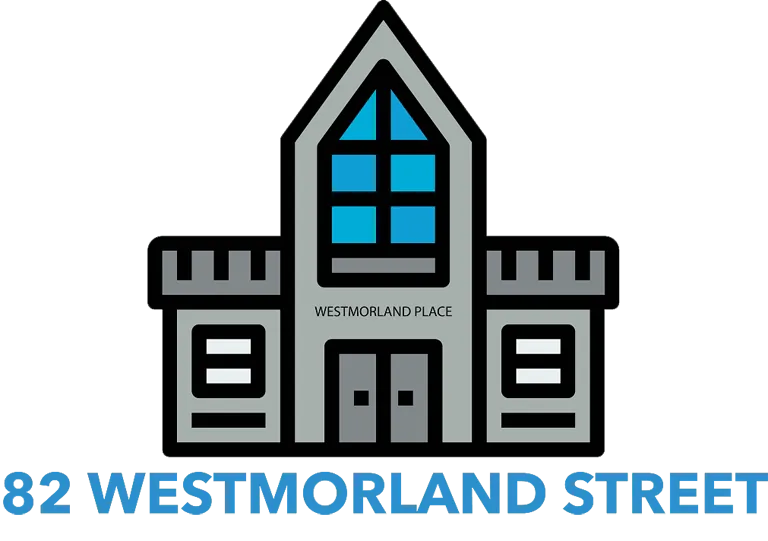
Why Should We Retrofit Buildings for Energy Efficiency?
What is an Energy Efficiency Retrofit?
When you retrofit buildings for energy efficiency, you upgrade their overall energy assets. This can provide a big impact on both the energy costs and the environment, throughout a building's lifetime. Changes made to commercial buildings often involve improving energy efficiency, and significantly decreasing energy demand. Performing retrofits reduce the overall operational costs of buildings, making them more environmentally-friendly, while also improving their value on the market.
What Changes are Done to a Building During an Energy Efficiency Retrofit?
The primary focus of an energy-efficiency retrofit is to reduce the energy demand and consumption for buildings. Therefore, the changes focus on improvements that are more energy-efficient. The primary goals of an energy retrofit are to:
Prevent Air From Escaping
Wasted energy is a big concern for buildings, especially those that are older or have had little updating. Buildings can have numerous small cracks, leaks and openings, where heated and cooled air can escape. This increases energy use and drives up the utility bills.
An energy audit is performed to determine locations where energy loss happens. This can include simple visual inspections, or more in-depth testing, such as blower door tests. After determining the location of leaks, the next step is to seal and properly insulate the leaks using energy efficient insulation options. Simply stopping energy from leaking out can result in significant energy savings. It also provides better humidity control, and fewer places for pests and allergens to enter the building.
Install Upgraded Appliances and Lighting
Another step when you retrofit buildings for energy efficiency is to upgrade appliances to more energy-efficient ones. This involves using ENERGY STAR-certified heating and cooling technologies, which allow saving a significant amount of energy, while still providing a comfortable environment. Depending on the temperature of an area, the buildings being retrofitted there can benefit from installing heat pumps. These are used for heating and cooling, but use only a fraction of the electricity of traditional systems. Retrofits will also have their lighting upgraded to LED bulbs which can save up to 90% of the energy use of the buildings' lights while still providing proper lighting.
Redesign With Energy-Efficiency in Mind
It is important to redesign spaces from the mindset of energy consumption when making a large-scale investment in retrofit upgrades. This can mean replacing older windows, adding exterior insulation, and adding green roofs. All of these upgrades will allow for lower energy use when maintaining the temperature inside.
LEED Certification
Leadership in Energy and Environmental Design Certification is a rating system that is imposed by the U.S. Green Building Council. It verifies buildings as energy-efficient and classifies their level of energy-efficiency among labels including Certified, Silver, Gold, and Platinum. These rating levels are given for nine different categories including:
- Sustainable Sites
- Water Efficiency
- Location and Transportation
- Integrative Process
- Energy and Atmosphere
- Materials and Resources
- Innovation
- Regional Priority
- Indoor Environmental Quality
Energy Efficiency Retrofits in Action
An energy-efficient retrofit of a 65,000 square foot office building, located on 82 Westmorland Street in downtown Fredericton, New Brunswick is currently underway. Once completed, the project will be the first of its kind in New Brunswick to be certified as a LEED Gold Existing Building. The project is estimated to cut energy consumption in half, and reduce carbon emissions to a level that is equivalent to removing 37 cars off the road.
As more buildings tackle energy retrofits, the community will benefit from reduced energy costs and consumption, along with better outdoor air quality.
Reference List

Retrofitting l Natural Resources Canada
When you do an energy-efficiency retrofit on your building, you upgrade its energy-consuming systems. Retrofitting may involve improving or replacing lighting fixtures, ventilation systems or windows and doors, or adding insulation where it makes economic sense.

Naveco: Energy Retrofits
When a building goes through an energy retrofit, it is renovated or refurbished to upgrade its overall energy assets. This allows it to conserve energy, which can provide a significant impact on its energy costs and the environment, throughout its ongoing life.

Advanced Energy Retrofit Guide
A great resource for a guide on energy retrofit. Created by reliable and professional renewable energy companies based in Canada.
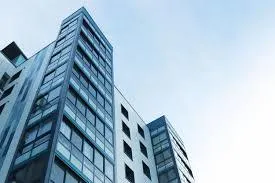
Buildium: 4 ways to improve a building's energy efficiency through retrofitting
When you use energy more efficiently, you reduce utility costs. If your property owners pay the energy bill, this will reduce their monthly costs substantially.
